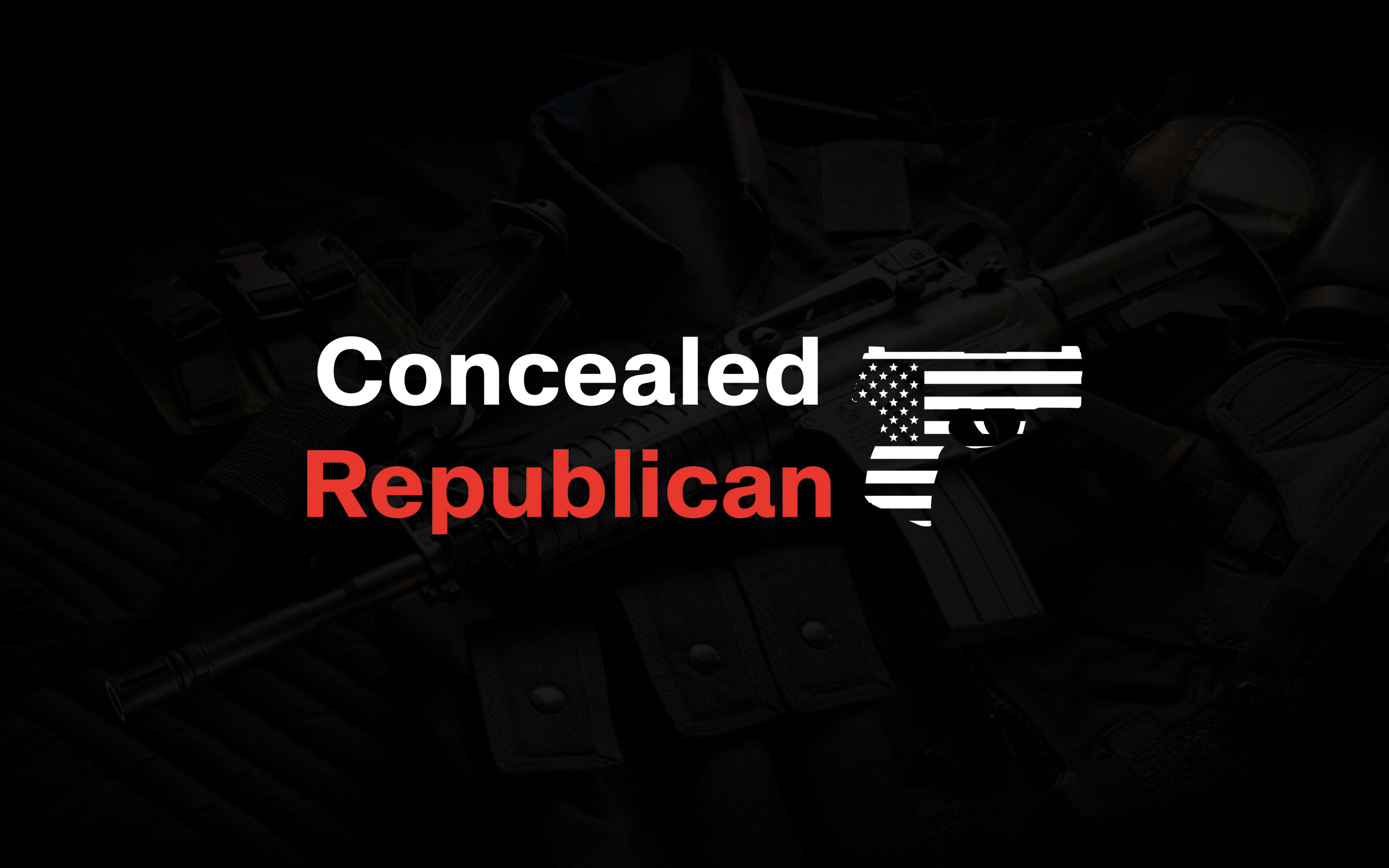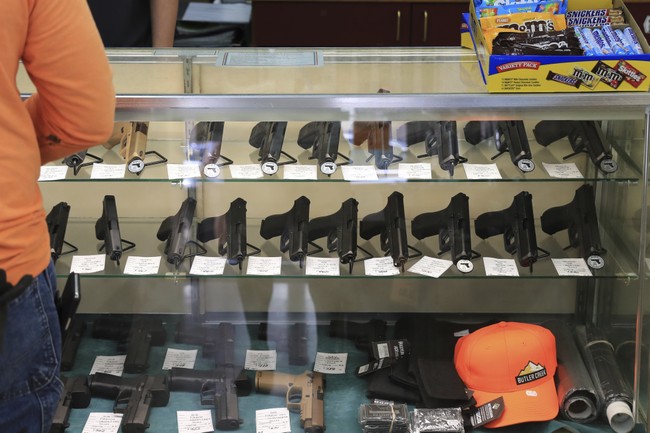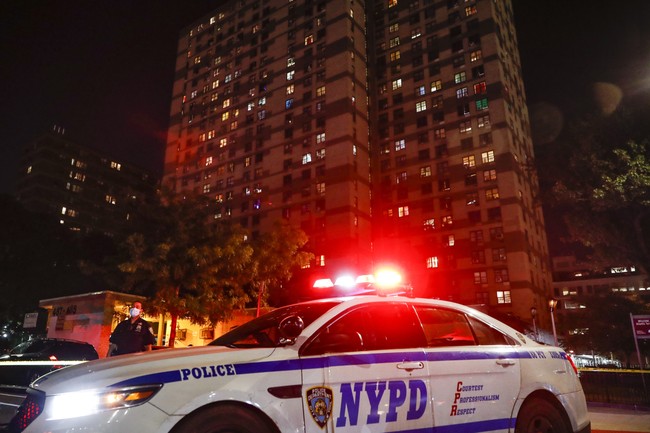Democrats are hysterical about Utah’s new strategy for tackling the growing homeless problem outside of Salt Lake City. However, the Republican-backed plan is the only solution that makes sense.
It’s insane to think about the amount of money Democrats have allocated to homelessness in their cities. In just five years, between 2018 and 2023, California spent a total of $24 billion on homelessness programs. New York City (NYC) paid $3.96 billion in the fiscal year 2025. Portland, Oregon, spent $724 million on homeless services in fiscal year 2024. Washington State has $1.8 billion budget for homeless programs between 2025 and 2027, with $139 million allocated for Seattle alone.
Despite all of this money, Democrats have not made a single dent in the homeless crisis in these areas; in fact, it’s only gotten worse. Still, they are attacking Republicans in Utah and President Donald Trump for bringing sanity back to the conversation with a completely different strategy to get this crisis under control.
In Portland, Ore., a local business owner is speaking to the media about how his employees aren’t able to use the city parking spots that he pays for because of homeless encampments on the street.
One of the people in the camp says it’s not her problem and that she doesn’t want… pic.twitter.com/65uEKKnmUk
— Andy Ngo (@MrAndyNgo) September 3, 2025
Utah’s ambitious plan includes constructing a large-scale homeless services campus on 16 acres of rural land northwest of Salt Lake City, framing it as an early embodiment of Trump’s aggressive national approach to homelessness. Trump’s July executive order, “Ending Crime and Disorder on America’s Streets,” pressures states to criminalize street camping, expand involuntary civil commitments, and prioritize treatment and accountability over traditional Housing First models popular in Democrat-controlled states. (Sign up for Mary Rooke’s weekly newsletter here!)
Critics like Jesse Rabinowitz of the National Homelessness Law Center claim Utah’s homeless services camps are akin to forced labor or internment camps, where people were required to work for housing.
“It’s what they did in World War II in Japanese detention camps,” Rabinowitz told The New York Times. “This reads similar to rounding up Jews or other people the Nazis didn’t like.”
Others, like Utah state Sen. Jen Plumb, claim that the camp’s promised services, like rehabilitation and mental health care, will never materialize. Plumb called the camp more of a “prison or a warehouse” than a medical facility, adding that the promised medical care is a “pie in the sky” dream.
This is a pretty dramatic misrepresentation of what Utah is building to mitigate its homeless crisis. It’s a recovery campus to help people experiencing homelessness or who are justice involved get off drugs. Not an interment camp. @GovCox @Clancy4Utahhttps://t.co/G96puZQo2j
— T Wolf 🌁 (@Twolfrecovery) October 29, 2025
Unlike scattered encampments or unconditional “Housing First” models that have failed to stem rising homelessness across the country, Utah’s approach centralizes services in a structured environment, complete with behavioral health clinics to deal with the broad majority of the homeless who suffer from mental health issues. Randy Shumway, chairman of the group of political appointees and business figures advising on the Utah campus plan, estimates that about two-thirds of Utah’s homeless population will have to be involuntarily committed to the camp.
The camp itself will cost about $75 million to build and about $30 million annually to run, which is a fraction of the cost most states spend on homelessness.
Critics’ detention camp fears overlook safeguards like court oversight for commitments, ensuring it’s not indefinite warehousing but targeted aid. Shumway told the NYT that the hope is that their plan will create a “pathway to human thriving.”
“Allowing people to remain on the streets originates from the purest of intentions and may be the most inhumane thing we could possibly do,” he said.
Shumway is correct, although I would argue that allowing someone to slowly kill themselves through drug addiction and violence can never be considered a pure intention. It never made any sense to believe that the most compassionate option was to let mentally ill people lie on public sidewalks in pain and untreated, often being sexually assaulted or physically abused if not murdered. Additionally, while everyone was worried about being empathetic to the mentally ill, no one was willing to address the issue of violence inflicted on innocent citizens by the homeless population.
Portland Oregon is like living in the Great Depression, but in color. I filmed this in the center of the highest concentration of social services. The irony being with all the help surrounding them, why aren’t they being helped? pic.twitter.com/OfEUSG5agf
— Kevin Dahlgren 🥾 🥾 (@kevinvdahlgren) October 27, 2025
Republicans’ plan has a better chance of working because it rejects failed permissiveness for accountable compassion by integrating treatment, enforcement, and efficiency to resolve homelessness at its core, rather than permitting the most vulnerable among us to commit societal destruction. (ROOKE: Democrats Can’t Stop Admitting Their Foot Soldiers Are Out Of Control)
We never had to live like this, but for decades, it seems our elected officials lived in a fever dream, willing to throw good money after bad ideas. The hope is that Utah will be the national blueprint. No longer will American children have to step over dead bodies and dirty needles on urine and feces-soaked streets to get to school or enjoy the local park.
Follow Mary Rooke on X: @MaryRooke
Sign up for Mary Rooke’s weekly newsletter here!
Read the full article here







![Tennessee Democrat Claims ‘Men Can Give Birth’ in Resurfaced Podcast Footage [WATCH] Tennessee Democrat Claims ‘Men Can Give Birth’ in Resurfaced Podcast Footage [WATCH]](https://www.rvmnews.com/wp-content/uploads/2024/11/2024.11.23-08.35-rvmnews-67423cacee105.jpg)



